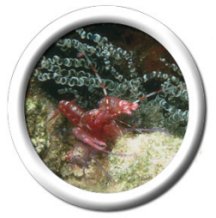This shrimp is one of 30,000 species of crustaceans in our oceans.
Click on image for full size
Windows Original, adapted from Corel Photography
Other Crustaceans
There are many other crustaceans besides crabs. Barnacles are small, round animals that look like rocks. They live in large groups.
Shrimp are also crustaceans. They are longer than crabs and don't have claws. They live in reefs too.
Lobsters and prawns are crustaceans too. There are 30,000 types of crustacean in the oceans!
You might also be interested in:
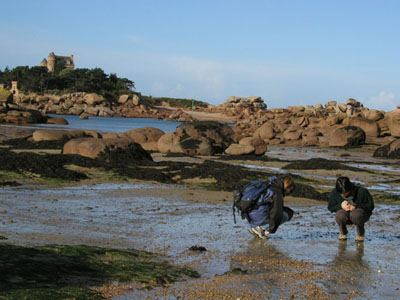
The intertidal zone is the area along a coast that is underwater at high tide and above the water at low tide. Creatures that live in the upper part of the intertidal zone are only covered with water during
...more
Jupiter's atmospheric environment is one of powerful winds, going 250 miles per hour, and temperatures from -270 degrees to +32 degrees (freezing temperature). These winds make it hard for life forms to
...more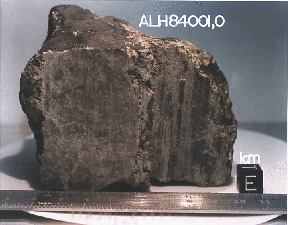
In July, 1996 a team of scientists said that they had discovered possible fossils of bacteria in a meteorite named ALH84001 that came from Mars. It was found in Antarctica in 1984 after having landed there
...more
Saturn's atmospheric environment is one of powerful winds, going 250 miles per hour, and temperatures from -270 degrees to +80 degrees. With winds like these, it is hard to have peace and quiet. The region
...more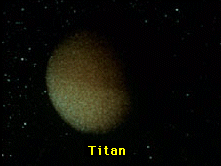
The air of Titan is a lot like the Earth's, except that it is very cold, from -330 degrees to -290 degrees! Like the Earth, there is a lot of Nitrogen and other complex molecules. There also may be an
...more
Organisms that are able to "make their own food" are called autotrophs, meaning "self-feeders". Some examples of autotrophs are plants and algae (shown in the picture). Both plants and algae use photosynthesis
...more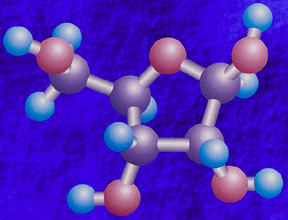
In the warm early ocean, large molecules came together into a form called *coacervates*. Molecules such as these will form coacervates in the same way that beads of vinegar in oil come together. These
...more


